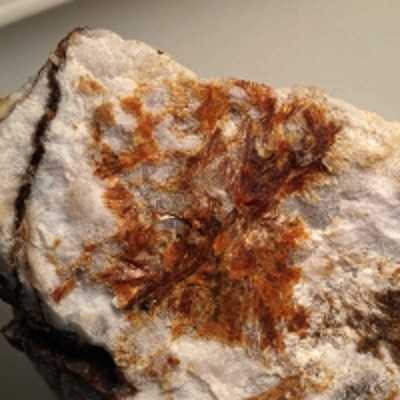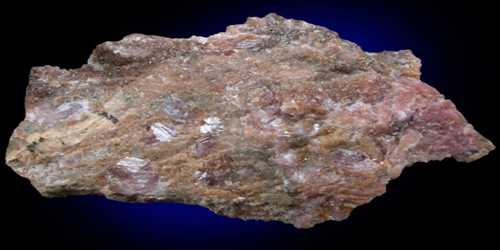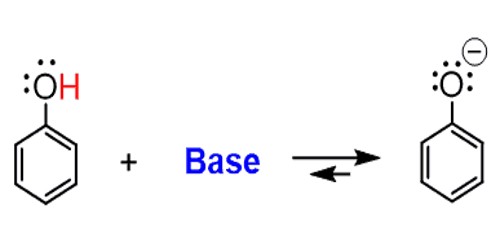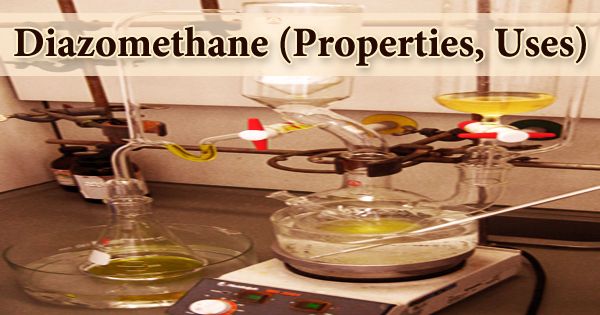Akatoreite {(Mn2+, Fe2+)9 Al2 [(OH)3|His4O13]} is a mineral found in New Zealand. It was named after the place it was initially discovered – Akatore Creek, New Zealand.
Physical Properties
- Cleavage: {010} Perfect, {021} Good
- Color: Orange, Brown.
- Density: 3.48
- Diaphaneity: Transparent
- Habit: Wheat Sheaf – Bundle shaped aggregates resembling wheat sheafs after hand reaping wheat.
- Hardness: 6 – Orthoclase
- Luster: Vitreous (Glassy)
- Streak: yellow-white.
Chemical Properties
- Elements listed: Al, H, Mn, O, Si – search for minerals with similar chemistry
- Common Impurities: Ti, Fe, Mg, Ca.

Identify Akatoreite
It can be identified in the field by its color variations, such as orange and brown. Its transparent form has {010} perfect, {021} good cleavage. This mineral has a vitreous luster, with a yellow-white streak.
The density of akatoreite is 3.48 g/cm3, with a hardness of 6 – approximate to orthoclase.
Global Distribution: Akatoreite is distributed in the following places:
- New Zealand – 3km south of Akatore Creek, east Otago, South Island
- Sweden – From Norberg
Occurrence and Useful Mineral
Akatoreite occurs in a manganiferous metachert and carbonate lens in schists, and in manganiferous potassium-rich felsic metavolcanics.
It is often associated with minerals such as rhodochrosite, apatite, pyroxmangite, spessartine, quartz, rhodonite, tinzenite, todorokite, alabandite, ganophyllite, rhodochrosite, pyrolusite, and haubnerite.
Information Source;
















